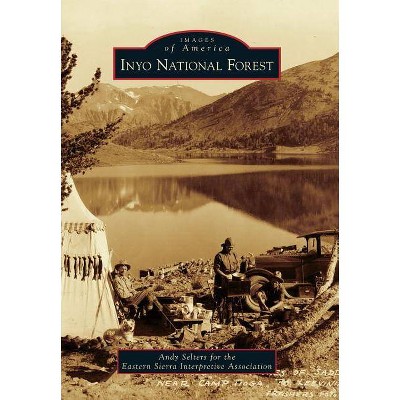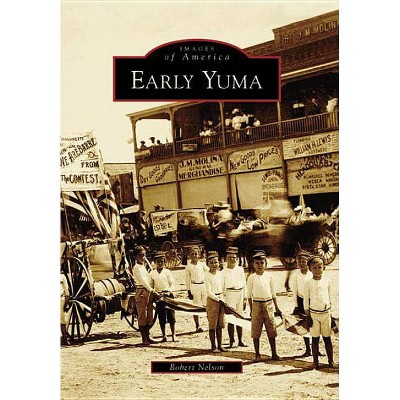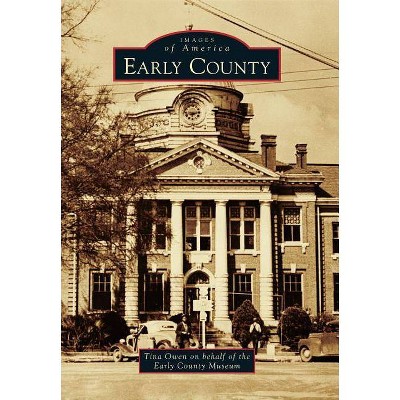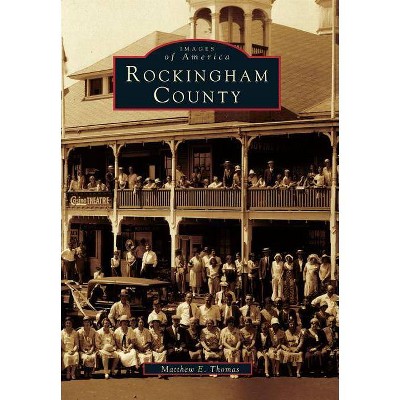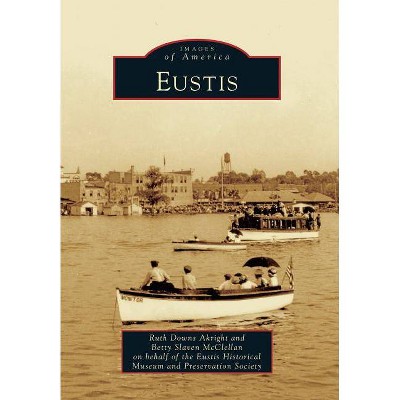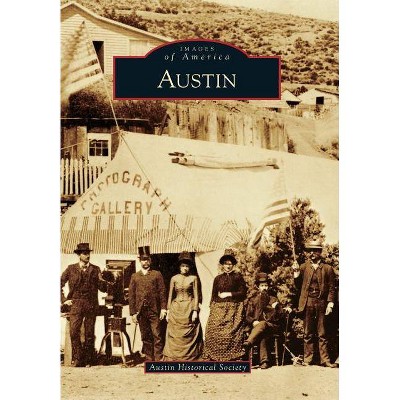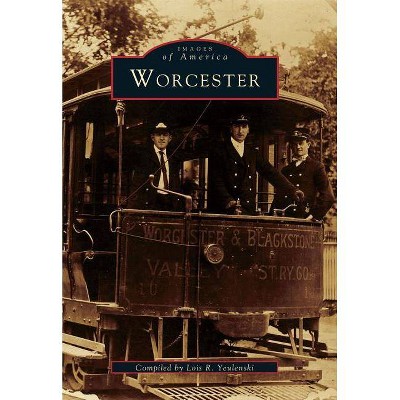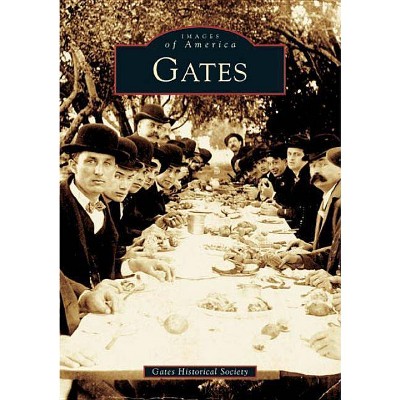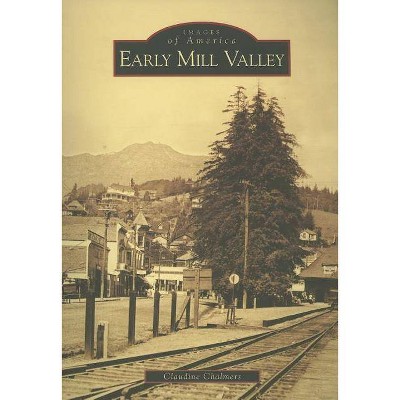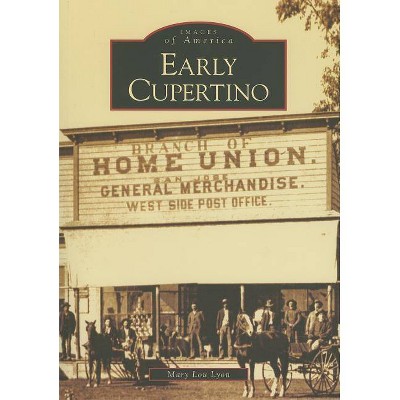Early National City - (Images of America (Arcadia Publishing)) by Marilyn Carnes & Matthew Nye (Paperback)
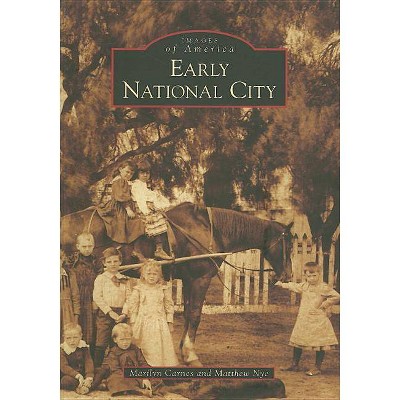
Similar Products
Products of same category from the store
AllProduct info
<p/><br></br><p><b> Book Synopsis </b></p></br></br>Below the surface of bustling National City lies the story of olive and citrus orchards, grand Victorian homes, great wealth, and the coming of the first railroad. Founded in 1868 by Frank Kimball, National City is credited with multiple distinguished firsts. On the county level, the San Diego County Fair originated here, the first novel published was by a National City pioneer, the first free kindergarten opened here, the first automobile was built here, and the first railroad terminus was located here. On the state level, the first woman to serve as an elected member of a school board lived in National City. Today the city is home to 61,000 residents; and as an accessible and diverse community, all eyes now look upon National City as it begins to experience a renaissance of growth and commerce.<p/><br></br><p><b> Review Quotes </b></p></br></br><br>Title: National City on splendid display <br>Author: Roger Showley <br>Publisher: The San Diego Union-Tribune <br>Date: 11/23/2008 <p><br>The very year, 1868, that Alonzo E. Horton was founding New Town San Diego today's downtown Frank Kimball and his brothers were founding National City. They bought the old 26,632-acre Rancho de la Nacion, a grazing ground in Mexican days, for $30,000 (just over $1 per acre, three times what Horton paid per acre) and set about founding industries and community institutions. <p><br>To celebrate the founding days, local history buffs Marilyn Carnes and Matthew Nye assembled dozens of old photos into Images of America: Early National City, the latest in Arcadia Publishing's paperbacks on San Diego places. <p><br>The Kimballs left New Hampshire in 1861 and settled in Oakland, where they were active in Civil War-era construction. With post-war prospects booming and propelled by the completion of the transcontinental railroad, they moved to San Diego. They established a lumberyard, built homes and farms and in the 1870s Frank was instrumental in enticing the extension of railroad service to San Diego with National City as the terminus. <p><br>Before the boom of the 1880s went bust, Frank's net worth soared to $1.4 million, the equivalent of $30 million in today's money by one measurement. In the downturn, he lost everything and had to live in an apartment and, at age 70, make a living through manual labor, the authors said. <p><br>But the Kimballs left behind stately mansions, some economic engines of growth and a heritage of philanthropy. <p><br>Among the interesting photos in the book, well explained in lengthy captions, are such early businesses as Gus E. Schwenke's shoe store (the line of boots and shoes resemble today's shoe lineups in department stores); the Otay Watch Works, operated for only eight months in 1890, its first edition of 1,200 watches named the Frank Kimball; and impressive Victorian homes, some of which are still knockouts today. <p><br>The Arcadia books on San Diego-area places and subjects are available at many local bookstores. Information: arcadiapublishing.com"<br><br>Title: National City on splendid display <BR>Author: Roger Showley <BR>Publisher: The San Diego Union-Tribune <BR>Date: 11/23/2008 <P><BR>The very year, 1868, that Alonzo E. Horton was founding New Town San Diego - today's downtown - Frank Kimball and his brothers were founding National City. They bought the old 26,632-acre Rancho de la Nacion, a grazing ground in Mexican days, for $30,000 (just over $1 per acre, three times what Horton paid per acre) and set about founding industries and community institutions. <P><BR>To celebrate the founding days, local history buffs Marilyn Carnes and Matthew Nye assembled dozens of old photos into "Images of America: Early National City," the latest in Arcadia Publishing's paperbacks on San Diego places. <P><BR>The Kimballs left New Hampshire in 1861 and settled in Oakland, where they were active in Civil War-era construction. With post-war prospects booming and propelled by the completion of the transcontinental railroad, they moved to San Diego. They established a lumberyard, built homes and farms and in the 1870s Frank was instrumental in enticing the extension of railroad service to San Diego with National City as the terminus. <P><BR>Before the boom of the 1880s went bust, Frank's net worth soared to $1.4 million, the equivalent of $30 million in today's money by one measurement. In the downturn, he lost everything and had to live in an apartment and, at age 70, make a living through manual labor, the authors said. <P><BR>But the Kimballs left behind stately mansions, some economic engines of growth and a heritage of philanthropy. <P><BR>Among the interesting photos in the book, well explained in lengthy captions, are such early businesses as Gus E. Schwenke's shoe store (the line of boots and shoes resemble today's shoe lineups in department stores); the Otay Watch Works, operated for only eight months in 1890, its first edition of 1,200 watches named the "Frank Kimball"; and impressive Victorian homes, some of which are still knockouts today. <P><BR>The Arcadia books on San Diego-area places and subjects are available at many local bookstores. Information: arcadiapublishing.com"<br>
Price History
Price Archive shows prices from various stores, lets you see history and find the cheapest. There is no actual sale on the website. For all support, inquiry and suggestion messagescommunication@pricearchive.us
